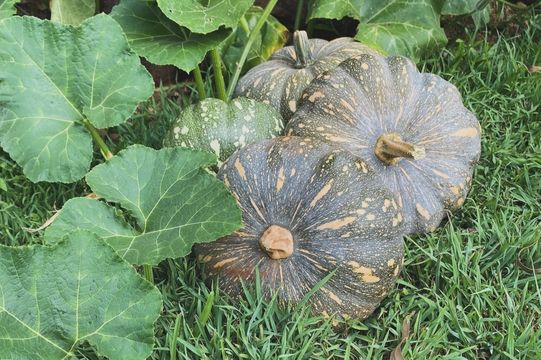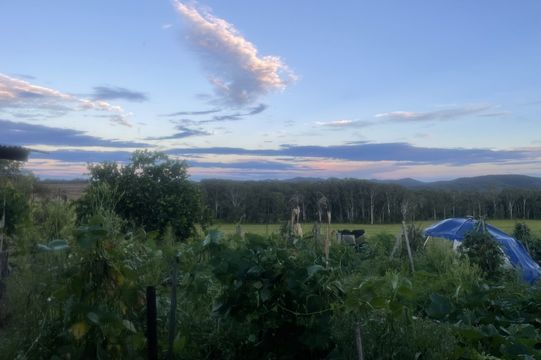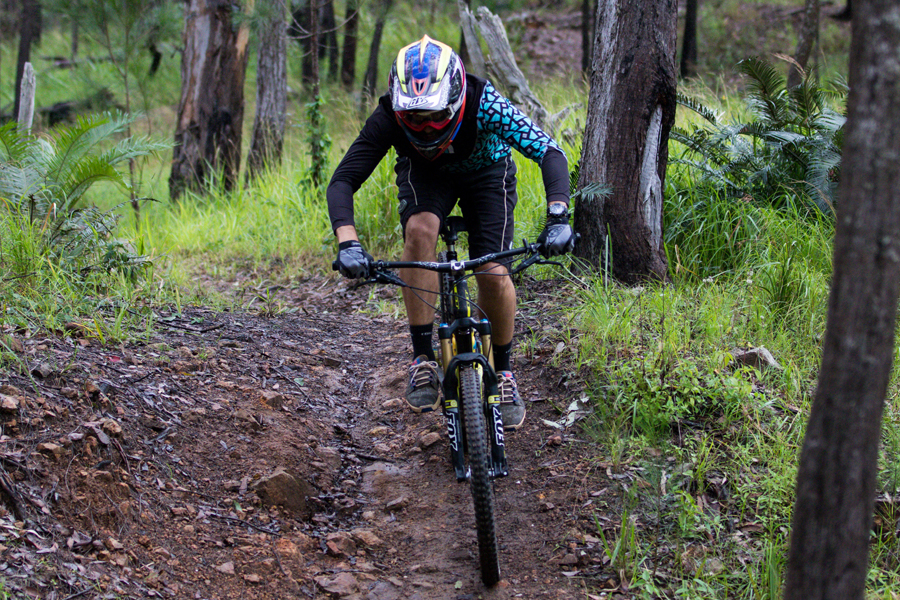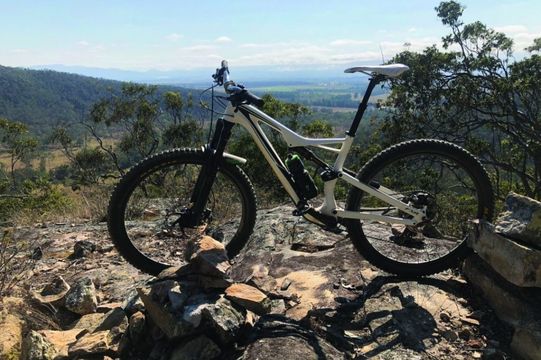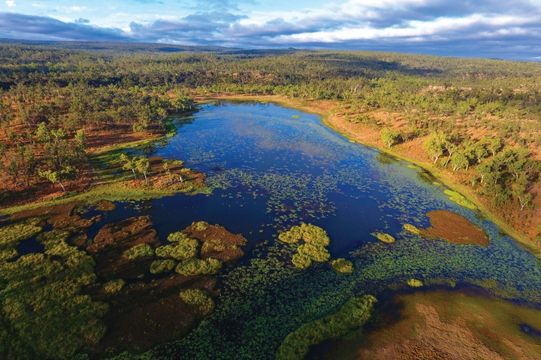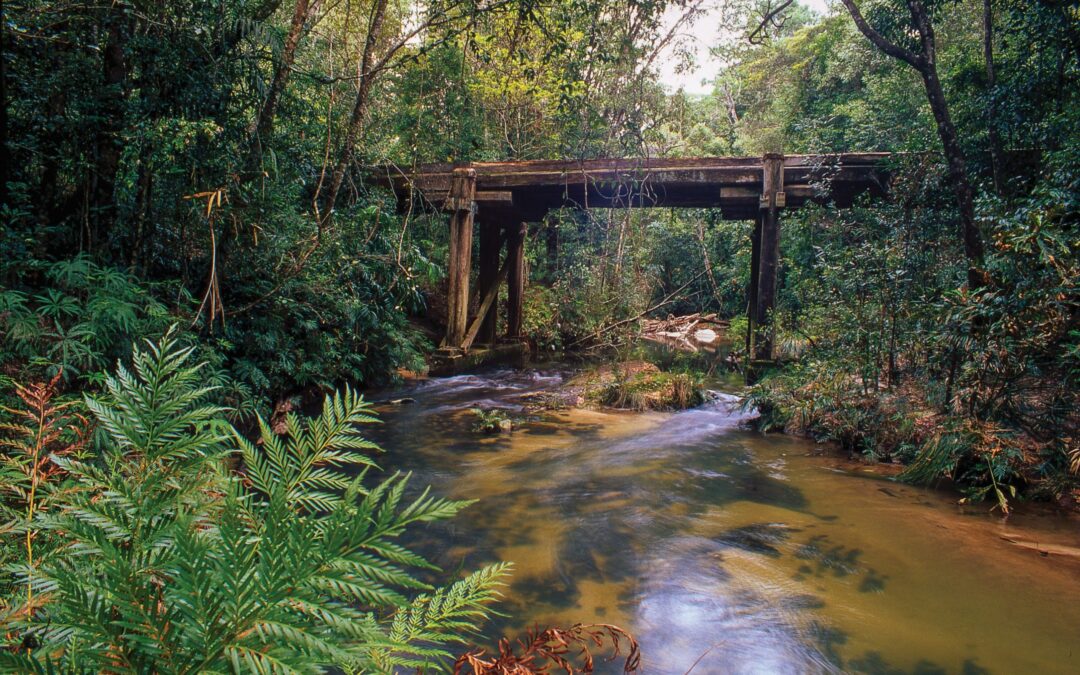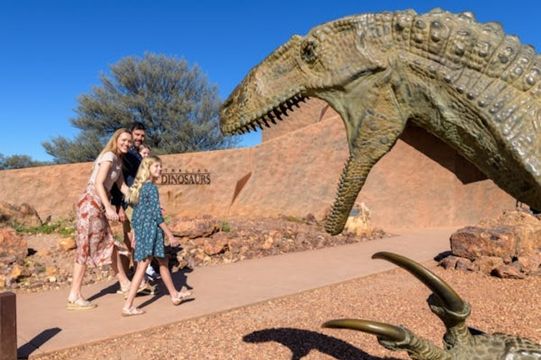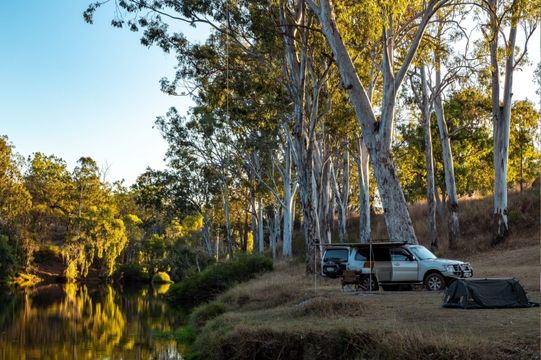A Beginner’s Guide to Composting: Turn Waste into Garden Gold
By Marie Bella
Compost is a soil-like material that is created when vegetable and plant matter break down. It’s widely accepted around the world as a superfood for your garden, but it’s not a modern gardening concept. Archaeological findings suggest farmers in Scotland used compost 12,000 years ago. Today’s organic gardener knows compost introduces organic matter and nutrients, transforming soil of all types into a rich, fertile growing medium, chock-full of beneficial microorganisms. This in turn creates more productive plants and abundant harvests, conveying the gardening philosophy “You don’t grow plants, you grow soil”.
Compost can not only be used as a soil enhancer but also as a potting mix or mulch, and is a highly beneficial ingredient to a homemade seed-raising mix. It’s nature’s way of recycling.
There are many different composting styles, including Bokashi (fermentation) and vermicomposting (worm farms), but the two main types of systems are Hot or Cold composting.
Hot composting involves an exposed pile of green waste on the ground in the corner of a garden or in a more favoured three-bay system, designed to accommodate one cubic meter of green waste. These are often made by using recycled pallets, which are turned between bays one and two for around six to eight weeks before being left in the third bay to complete the final processing. You might have a mountain of green waste to begin with, but it will reduce in size considerably as it decomposes. Naturally generating its own heat, a good compost pile should be hot enough to poach an egg, but not so hot that it would cook a mud crab.
The cold composting system is in a bottomless bin with a secure lid. The tumbler style is also popular; both versions can be purchased from a hardware store. Three of these bins for a household is ideal. Put your green and brown ingredients into one bin until it is about 3/4 full, then move on to the next bin. By the time the third bin is full, the first bin will be ready to have its contents harvested, and you start the process over again.
If there’s a secret ingredient to compost, it’s variety. Use as many different things as you can, and within two to three months, your kitchen and garden waste will have transformed into soil. Compost is dirt cheap and very eco-friendly, creating black gold out of excess that would otherwise end up in landfill.
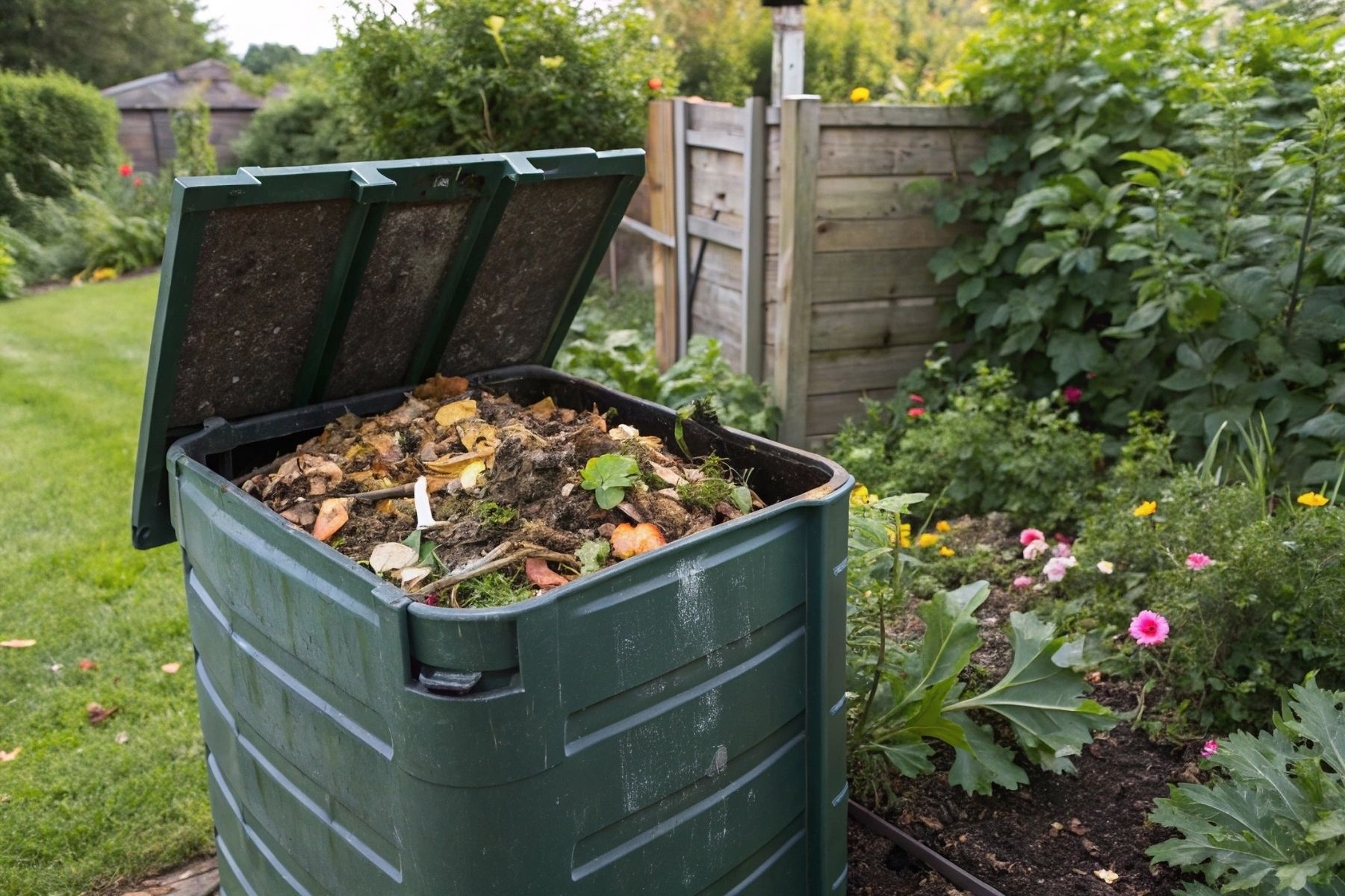
1. Nitrogen-rich materials. – ‘Greens’
2. Carbon-rich materials – ‘Browns”
3. Water
4. Oxygen
‘Greens’ you can add include:
● Vegetable and fruit scraps, peelings, banana skins etc
● Garden clippings, including flowers
● Paper teabags and tea leaves
● Weeds as long as they are not going to seed
● Fresh grass clippings
● Manure from chickens, cows, ducks, goats, and alpacas
● Seaweed
● Coffee grounds (even though they are brown in colour, they are nitrogen-rich)
‘Browns’
● Dry grass clippings
● Torn up supermarket paper bags
● Pure sawdust
● Dry leaves
● Ripped up love letters and shredded paper
● Sugar Cane mulch or straw
● Egg cartons, toilet roll tubes, cardboard
● Plant-based fabrics such as pure cotton or linen. Pure wool will also decompose.
You can use a guideline ratio of 50/50 greens and browns, but the sweet spot for a faster decomposition speed is one part green to two parts brown. Both greens and browns should be chopped up small enough to be easily handled with a garden fork.
Things that should be kept out of the compost are:
● Glossy paper or magazines
● Meat scraps
● Plastic
● Cat, dog, or carnivore manure
● Diseased or pesticide-treated plants
● Dairy products
● Vegetable fats or oils
You want to add moisture to the bin or pile to the consistency of a moist wrung-out sponge. Turning the pile with a garden fork at least once or twice a week will add oxygen, which accelerates the process. There are a number of different aerating tools you can buy from hardware stores to use in smaller bins.
Adding ash, crushed up eggshells, biochar, crushed rock mineral dust, small sticks, or occasionally throwing in a handful of lime are all excellent ways to enrich your compost mix. Finished or aged compost is a rich dark colour, with a crumbly light texture, it smells delightfully earthy like a walk through a rainforest on a summer’s day.
Composting is a satisfying thing to do, plus once you start seeing the bumper crops you get as a result of it, you will be well and truly hooked. Happy Composting!


